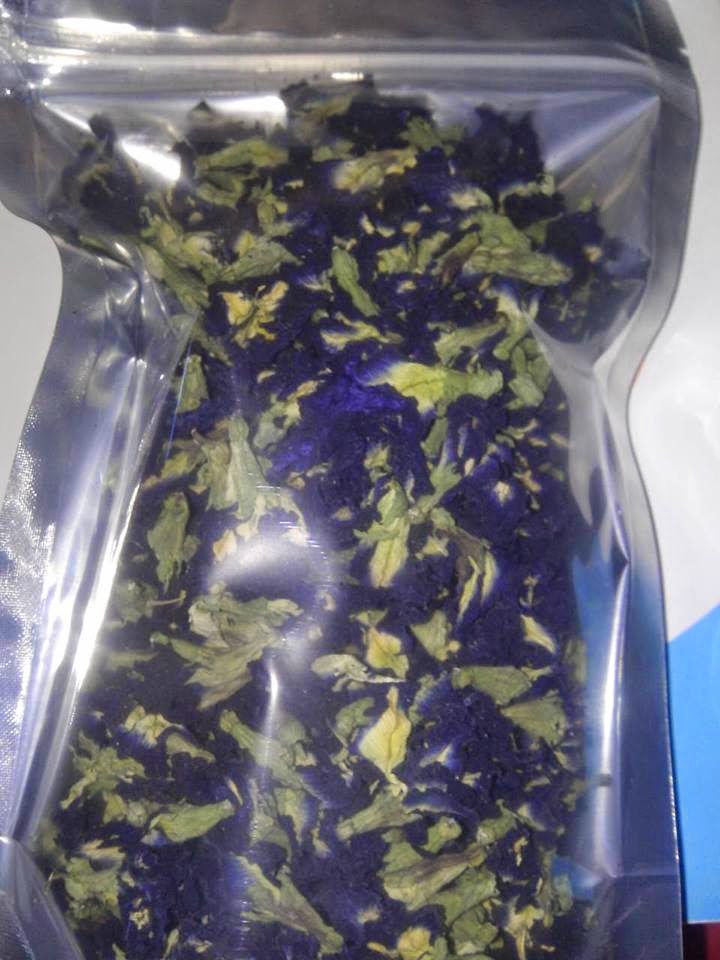Firstly it is not to be confused with the fruit mango….it is an entirely different plant. Mangosteen is an exotic fruit bursting with amazing health benefits. What does it do? Well…it is renowned for its ability to reduce pain and fever as well as increase energy levels. Oh..and it contains a very high concentration of xanthones. What are xanthones you ask? They are just about one of the most powerful super antioxidants ever discovered…that’s right read it again. What does that mean? Ok..Xanthones are protecting your body by fighting those nasty free radicals and supporting the immune system, structural system, digestive system, brain and skin in many ways with anti-bacterial, anti-viral and anti-fungal properties. The super antioxidants called xanthones are found in Mangosteen’s outer rind (called the pericarp).Just look at the health benefit of mangosteen…
Star apple
fruit in Thailand
A fruit with a star shaped cross section. As it ripens it turns from green to yellow. The fruit has a tart taste and is a good source of vitamin C.




























